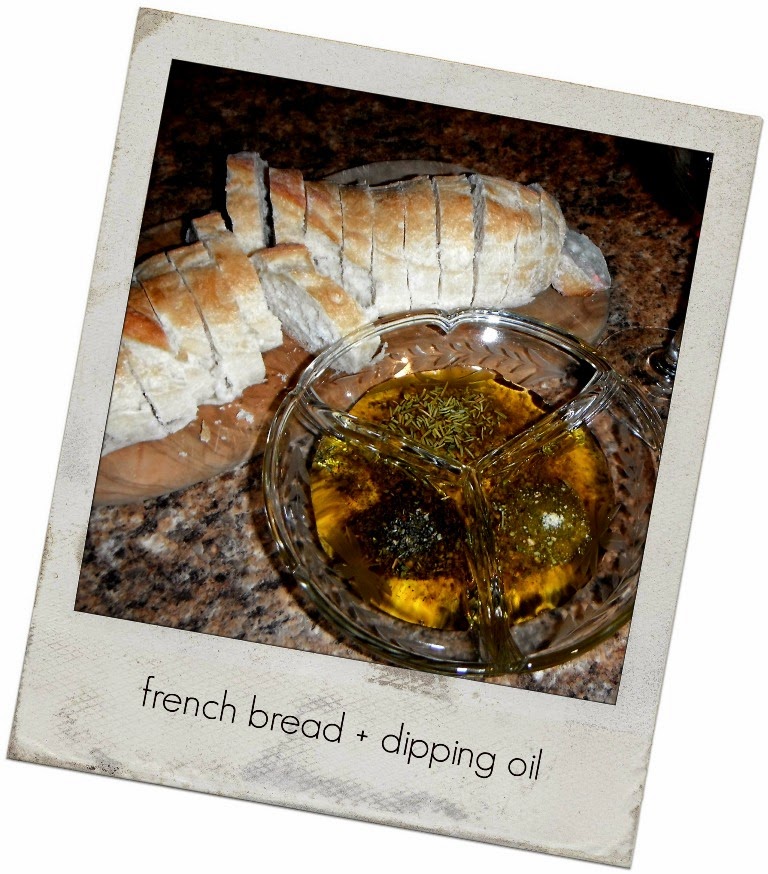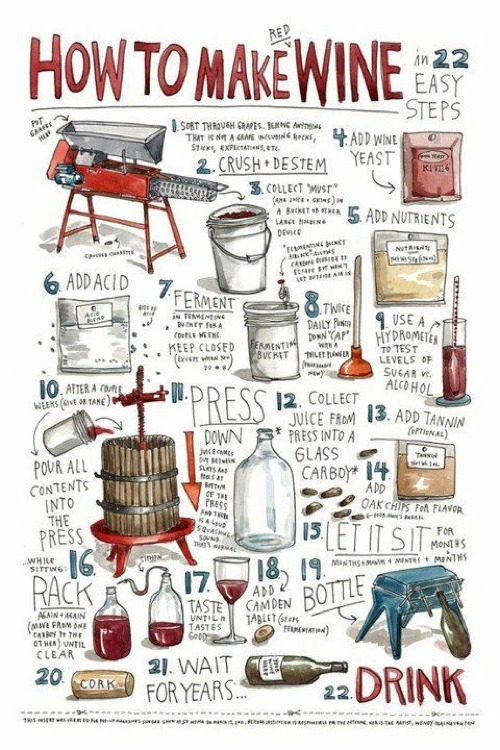I put together some important wine
characteristics that you want to think about while tasting wine...
...beyond red and white
...beyond red and white
Newer red wines will have more of a deep purple color, while older red wines
(that have been aged for a while) will have a brown or orange tint and more of a brick color.
Red and white wines will either be more translucent or more opaque than others. This usually tells you what type of grape is used. For example, Pinot Noir is more translucent than most other red wines and Sauvignon Blanc is more translucent that most other white wines (you can see through the wine in the glass).
Red and white wines will either be more translucent or more opaque than others. This usually tells you what type of grape is used. For example, Pinot Noir is more translucent than most other red wines and Sauvignon Blanc is more translucent that most other white wines (you can see through the wine in the glass).
What you smell in a glass of wine is referred to as the aromas or bouquet (in older wines).
You can pick up a variety of common aromas in white wines, such as lemon, citrus, apple, peach, pear, melon, butter, vanilla, grass, herbs, stone, rocks…
You can pick up a variety of common
aromas in red wines, such as dark berries, cherry, plum, pepper, cinnamon,
earth, wood, chocolate, mocha…
Immediately you will pick out flavors in wine after taking a sip (sometimes these flavors match the aromas).
Immediately you will pick out flavors in wine after taking a sip (sometimes these flavors match the aromas).
A Chardonnay might have tastes of apple, pear,
citrus, butterscotch, and oak.
A Merlot might have tastes of blackberry, cherry, plumb, oak, and mocha. DELICOUS.
A Merlot might have tastes of blackberry, cherry, plumb, oak, and mocha. DELICOUS.
Also you should decide if the wine is sweet or dry.
It is either one or the other.
Sweetness and dryness refer to the original sugar content of the grape used. If all the sugar is converted to alcohol the wine is considered dry. If only some of the sugar is converted to alcohol the wine has residual sugar and can be considered sweet, semi-sweet, or off-dry.
Sweetness and dryness refer to the original sugar content of the grape used. If all the sugar is converted to alcohol the wine is considered dry. If only some of the sugar is converted to alcohol the wine has residual sugar and can be considered sweet, semi-sweet, or off-dry.
Is the wine fruity?
Don’t confuse sweetness with fruitiness. If a wine is fruity that means you can easily pick out the fruit flavors in the wine, but that doesn't always mean the wine is sweet. It can be fruity and dry!
Don’t confuse sweetness with fruitiness. If a wine is fruity that means you can easily pick out the fruit flavors in the wine, but that doesn't always mean the wine is sweet. It can be fruity and dry!
Here is a good way to look at it:
A wine CAN be fruity and sweet
A wine CAN be fruity and dry
A wine CANNOT be sweet and dry
Eventually you’ll start to consider
This is how the wine feels in your mouth. Many relate it to the way milk feels in your mouth. Is it light (like skim milk) medium (like 2% milk) or full (like heavy cream)?
This is how the wine feels in your mouth. Many relate it to the way milk feels in your mouth. Is it light (like skim milk) medium (like 2% milk) or full (like heavy cream)?
The last part of tasting focuses on THREE MAJOR COMPONENTS in wine. These are Alcohol, Acid, and Tannin. If these three components are balanced well, the wine is usually great!
This is what is produced when yeast and sugar come together. It affects the body and texture of the wine.
High alcohol wines will taste full and round in your mouth.
Low alcohol wines will taste light and airy in your mouth.
If a wine has a high alcohol content it will also need a high level of acid to taste balanced.
This comes from the skin and
the seed of the grape. It is the bitterness you taste in wine. If a wine seems to
dry out my tongue I know it has higher tannins.





















